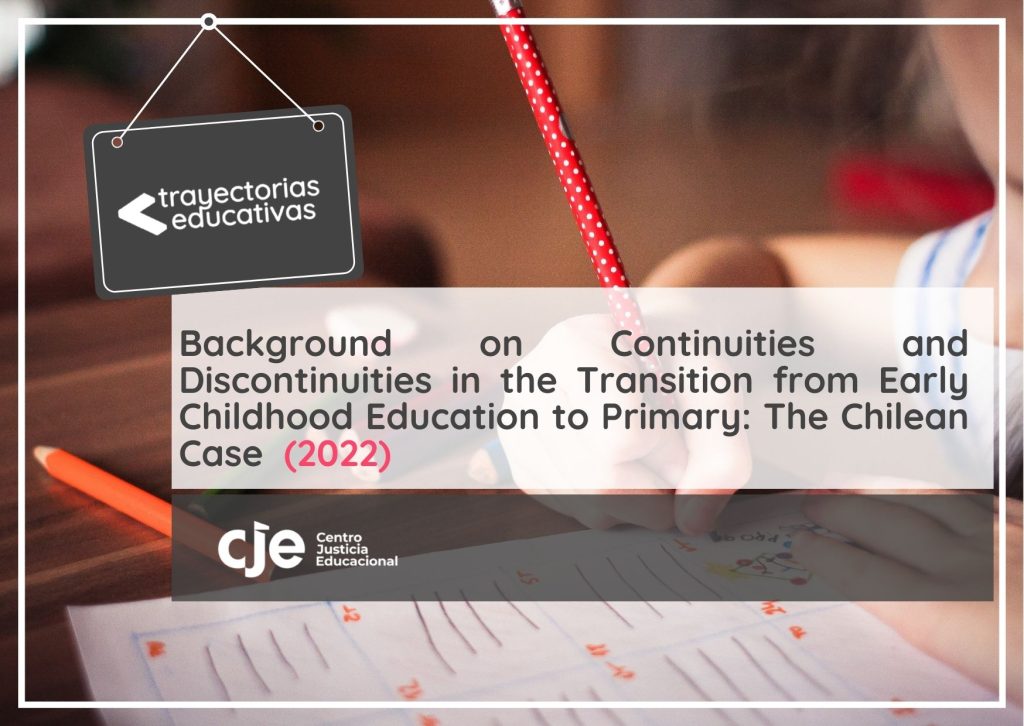AUTORES: Marigen Narea, Felipe Godoy & Ernesto Treviño
AÑO DE PUBLICACIÓN: 2022
INSTITUCIÓN: CJE
DISPONIBLE EN:
https://link.springer.com/chapter/10.1007/978-3-030-98935-4_3
RESUMEN:
This chapter analyses how early childhood and primary education are articulated to facilitate children’s transition in Chile in terms of institutional arrangements, curricular differentiation, and pedagogical interactions of both levels. It considers to what extent this articulation fosters either a smooth and child-respectful transition or a greater schoolification of the early childhood education (ECE) system. There have been advances in favour of having a smoother transition. The 2 years of kindergarten (for children aged 5 and 6) were included in primary schools, with the aim of easing the transition. Undoubtedly, the transition can be done more organically, but this has also led to greater schoolification. Regarding the curriculum, there are essential differences between the two levels. Notably, while personal, social, and emotional development is highly foregrounded within the early childhood level, it is not in the primary school curriculum. Also, there are schoolification problems within the early years of the primary school level. The accountability pressures for this level could also jeopardise early childhood level objectives. Finally, in terms of pedagogical practices, ECE is focused on children’s socioemotional development while this focus is gradually being lost as children are promoted through the school levels. We propose making the school ready for children, advocating for bringing into the primary school some features of the early childhood level’s pedagogical practice, so that it is more flexible and focused on children’s wellbeing.



